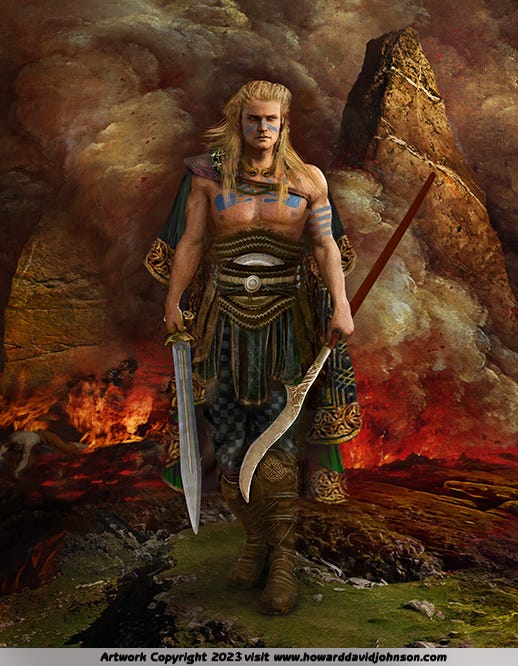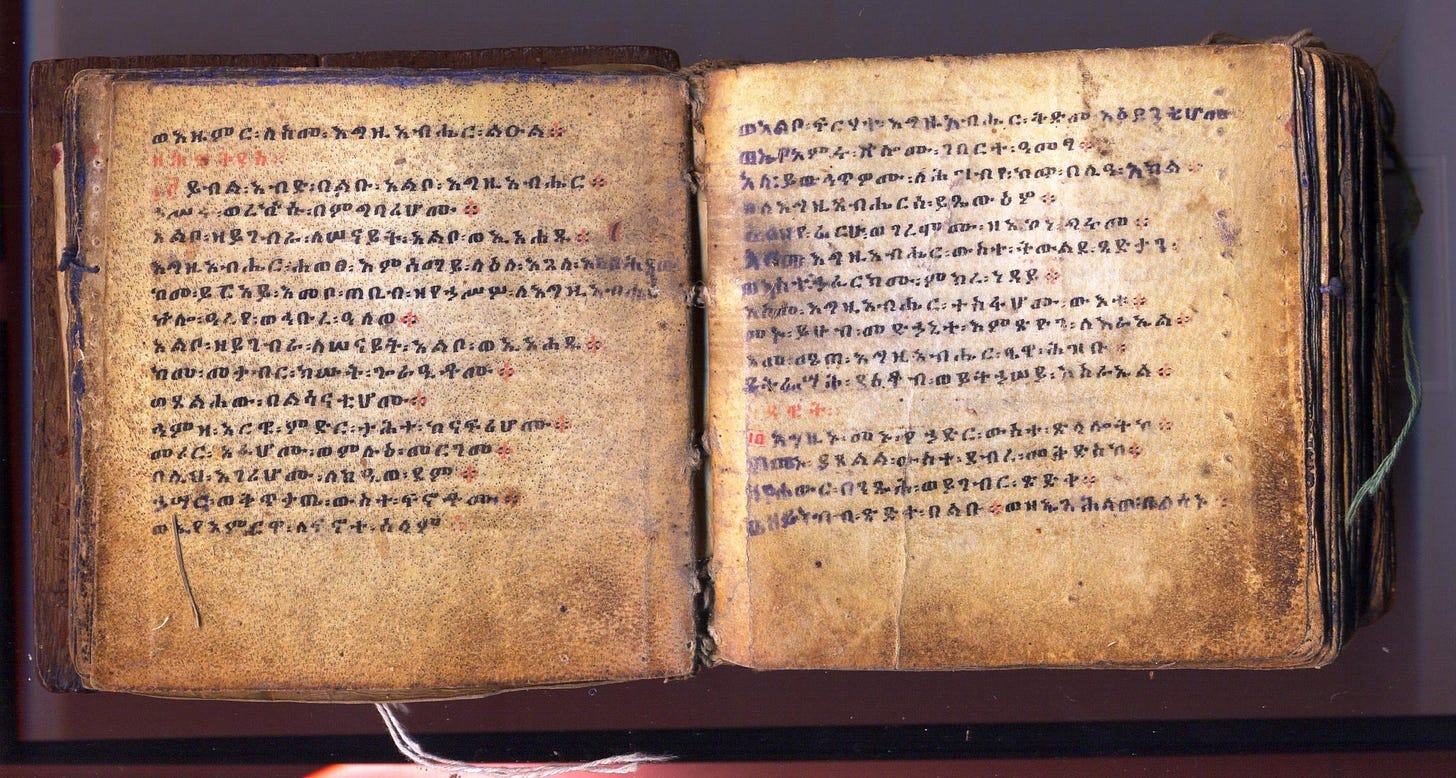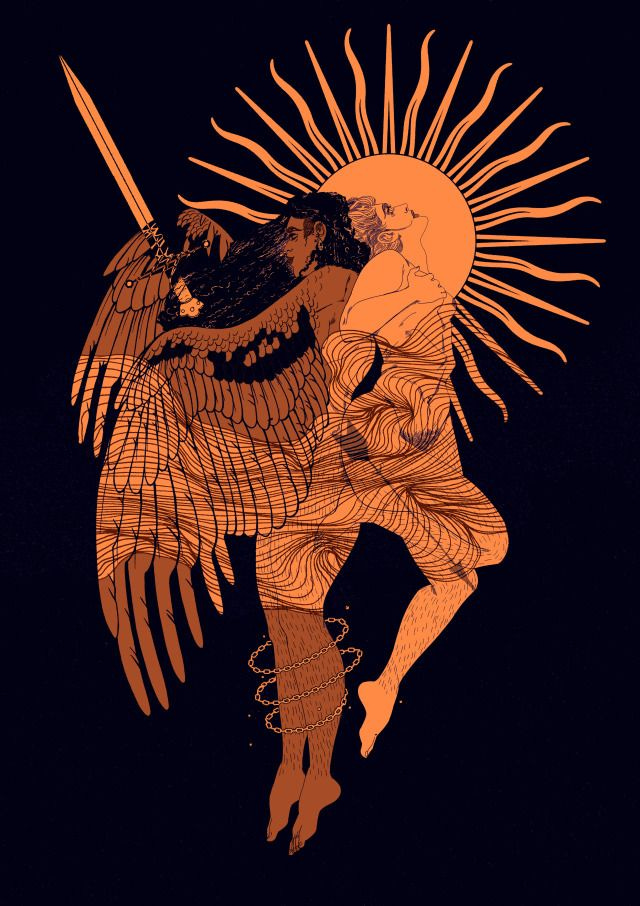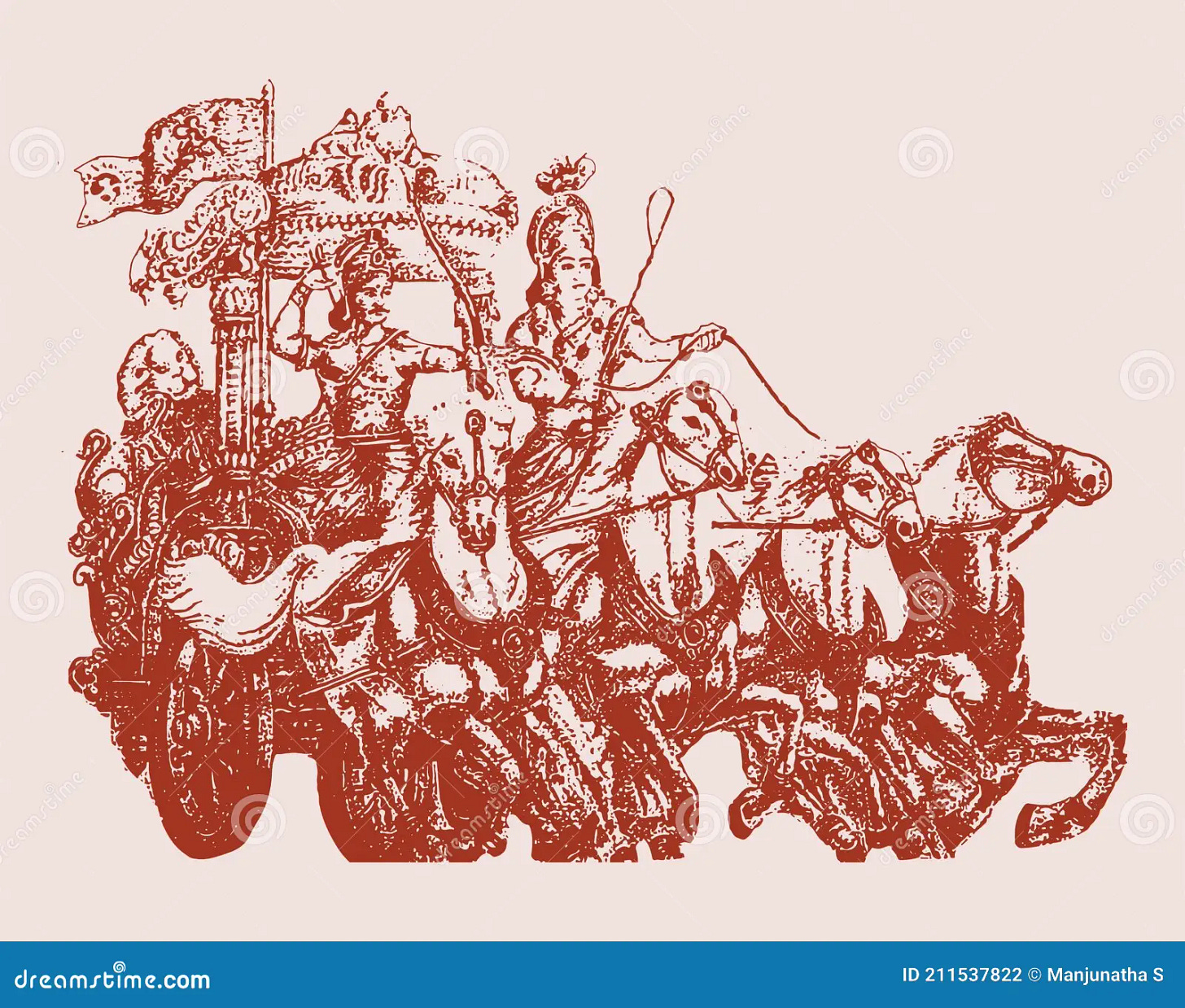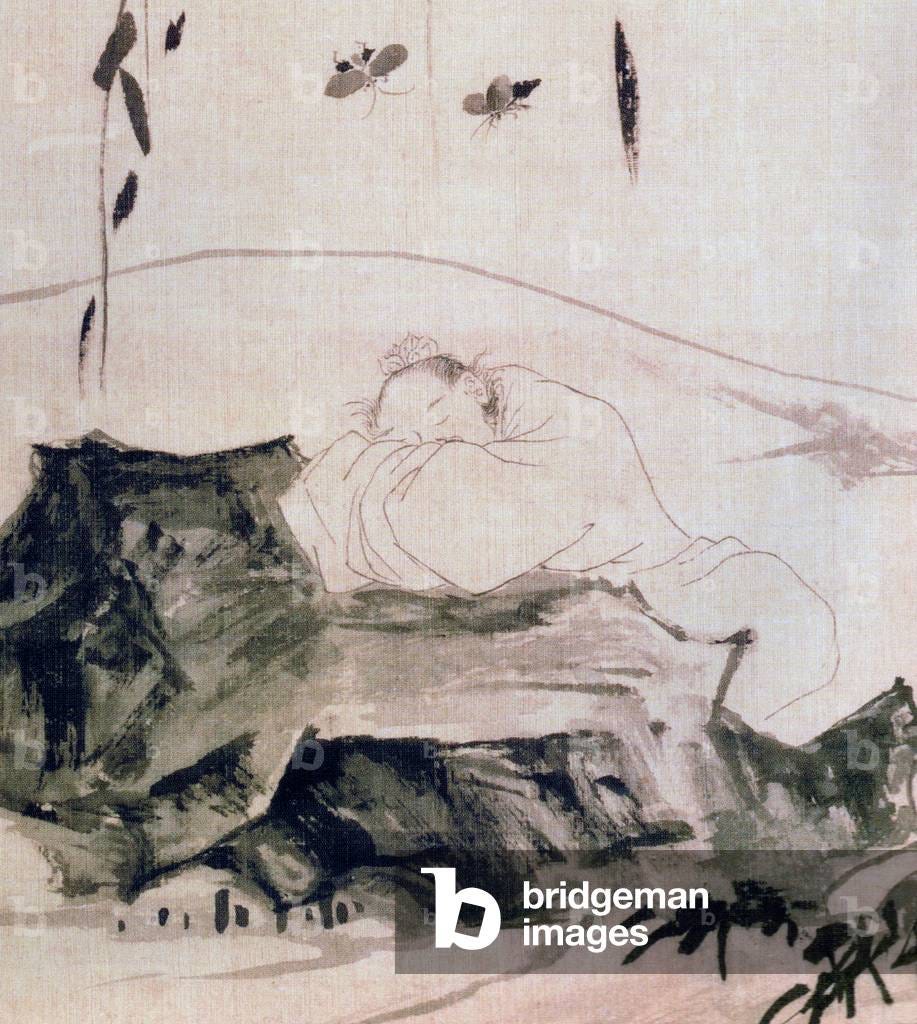Storytelling as Human Technology
Lots of people enjoy reading mythology and ancient texts, not just for religious reasons, but because these stories can feel like conversations with real people who aren’t here anymore.

Lots of people enjoy reading mythology and ancient texts, not just for religious reasons, but because these stories can feel like conversations with real people who aren’t here anymore but still have something to say, to guide you. That mix of history, imagination, and human connection is powerful stuff.
Stories are the oldest way humans preserved knowledge. Before writing, everything people knew from farming to relationships, laws even dreams was passed through stories.
The Bible and many regional myths are full of the same ideas and traumas. Floods, journeys, laws, dreams, parables. It’s like a survival manual from the ancient world. Most of the Bible was written between 1500 BCE and 100 CE. That’s 2,000–3,500 years ago. When you read it, you’re encountering a mix of languages (Hebrew, Aramaic, Greek), politics, poetry, and personal grief, all in one place. Scholars call it a “library” of voices, not just a book. Many writers, over centuries, talking to their time—and, accidentally, to you.
Think of it like an ancient group chat, where everyone’s wrestling with how to live, love, survive, and make sense of suffering.
When you read ancient myths or scriptures, your brain actually responds socially as if you're in conversation. This is backed by neuroscience: reading activates the same brain areas as face-to-face communication (like the temporal lobes and medial prefrontal cortex). That’s why old texts can feel strangely intimate. You’re “meeting” people who lived thousands of years ago—and your brain believes it. You don’t need to believe the same things they did. You’re still sharing human moments with them.
Irish myths (like the Táin, or the stories of Cú Chulainn or the Morrigan) are oral traditions that were finally written down centuries after they started.
The same is true for much of the Bible it was passed orally, then written down and re-written. These stories shape cultural identity, values, and how people imagined the world. Even today, we echo them in movies, politics, art, and even memes.
EXAMPLES FROM DIFFERENT CULTURES
📖 Bible (Middle East, ~1000 BCE – 100 CE)
The Bible’s Book of Psalms
These poems are like spiritual journals from people thousands of years ago. They share raw feelings of hope, fear, sadness, and joy.
Human grief in Job, longing in Psalms, protest in the prophets. Especially books like Proverbs or Ecclesiastes practical, moral, and existential wisdom. "To everything there is a season…" (Ecclesiastes) this helps people accept change and impermanence.
Psalms is an emotional release valve. A necessary emotional architecture for society. It’s like a spiritual journal where people rage, cry, hope, and doubt — together.
Your ancestors reminding you it’s okay to deeply feel your emotions, express pain, and seek comfort through sharing openly.
The Bible is a survival guide for emotional endurance, social cohesion, and hope under empire, war, exile, and uncertainty. Even laws and genealogies say something about what mattered to people.
🍀 Irish Myths (Celtic, oral → written ~1100 CE)
(Táin Bó Cúailnge, The Morrigan, Fionn mac Cumhaill) Tied usually to land + cattle, shape-shifting gods, warrior codes, fate and pride. Blending the supernatural with political memory. These tales blend warrior codes with supernatural rules.
Cú Chulainn is a hero but also tragic and unstable. He wins but loses everything.
The Morrigan is more than just a “war goddess” she’s fate itself, always watching, unjudgeable.
Irish myths teach that power comes with price, and that nature, fate, and chaos can't be controlled.
🇬🇷 Greek Myths & Epics
(Odyssey, Oedipus, Orpheus) Homer’s Iliad and Odyssey are about war, loyalty, suffering, and cleverness. These narratives still shape how we talk about heroes and journeys.
💡 Human behavior lab: The Greeks built their myths like psychology case studies.
Odysseus = intelligence and survival, but also deceit and delay.
Oedipus = the limits of free will and the danger of self-blindness.
Icarus = ego vs. balance.
Beyond the "heroes win" narratives they act as warnings, mirrors, and sometimes cosmic jokes. They teach about hubris, consequence, and self-awareness.
🕉 Indian Epics
(Mahabharata, Ramayana) These texts have incredible Cosmic & Ethical Complexity they are spiritual, political, emotional, and moral instruction all at once. Bhagavad Gita (in the Mahabharata) is a battlefield dialogue about duty, action, detachment. Ramayana teaches about loyalty and ideal roles, but also shows the cracks: Rama is divine but flawed; Sita’s suffering raises hard questions.
These epics explore how to live in a world full of conflict, contradiction, and cosmic laws not with black-and-white rules but through disciplined action and inner reflection. They offer deeper philosophy, dharma (duty), karma (action), and family loyalty. These stories have survived generations of storytellers shaped them over 2,000+ years.
🐉 Chinese Classics
(Zhuangzi, Tao Te Ching, Journey to the West) These stories blend of story and reflection showing you how to live in harmony, how to see beyond ego and control. They are still quoted today in philosophy and even business. They offer wisdom through paradox & playfulness:
Tao Te Ching teaches that the strongest is the softest. “The Way” can’t be controlled.
Zhuangzi uses stories (like a man dreaming he’s a butterfly) to undo ego and shake loose fixed ideas.
Journey to the West turns spiritual training into a magical road trip with humor, chaos, and Buddhist practice.
Decoded: Chinese traditions use myth and paradox to teach harmony with chaos, humility, patience, and letting go of rigid thinking.
🌋 Indigenous Stories (varies worldwide)
Australia’s Dreamtime stories, Native American trickster tales, African oral epics like the Sundiata story. They all teach balance with nature, respect for ancestors, the mystery of creation. Frequently showing Land-as-teacher + Respect cycles. Many stories don’t separate people from nature. Often, they show how ancestors became stars, rivers, animals. They feature trickster tales (like Coyote or Raven) which teach kids to question, notice, laugh, and not take things at face value.

These stories are relational guides. They teach interdependence, humility, observation, and the idea that everything is alive and worth respecting.
Reading old stories triggers empathy and imagination, it puts your brain into dialogue with minds that no longer exist. Stories show what different cultures valued, feared, celebrated giving you wider insight than textbooks alone. Across cultures, we tell similar stories floods, heroes, wise fools, tricksters, star-crossed lovers. That shows how connected humans are across time and place. Ancient texts remind us that people have always asked: "Why are we here? How should I live? What happens when I die?"
Keep reading with a 7-day free trial
Subscribe to alimcforever to keep reading this post and get 7 days of free access to the full post archives.





